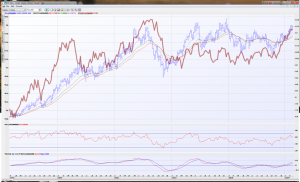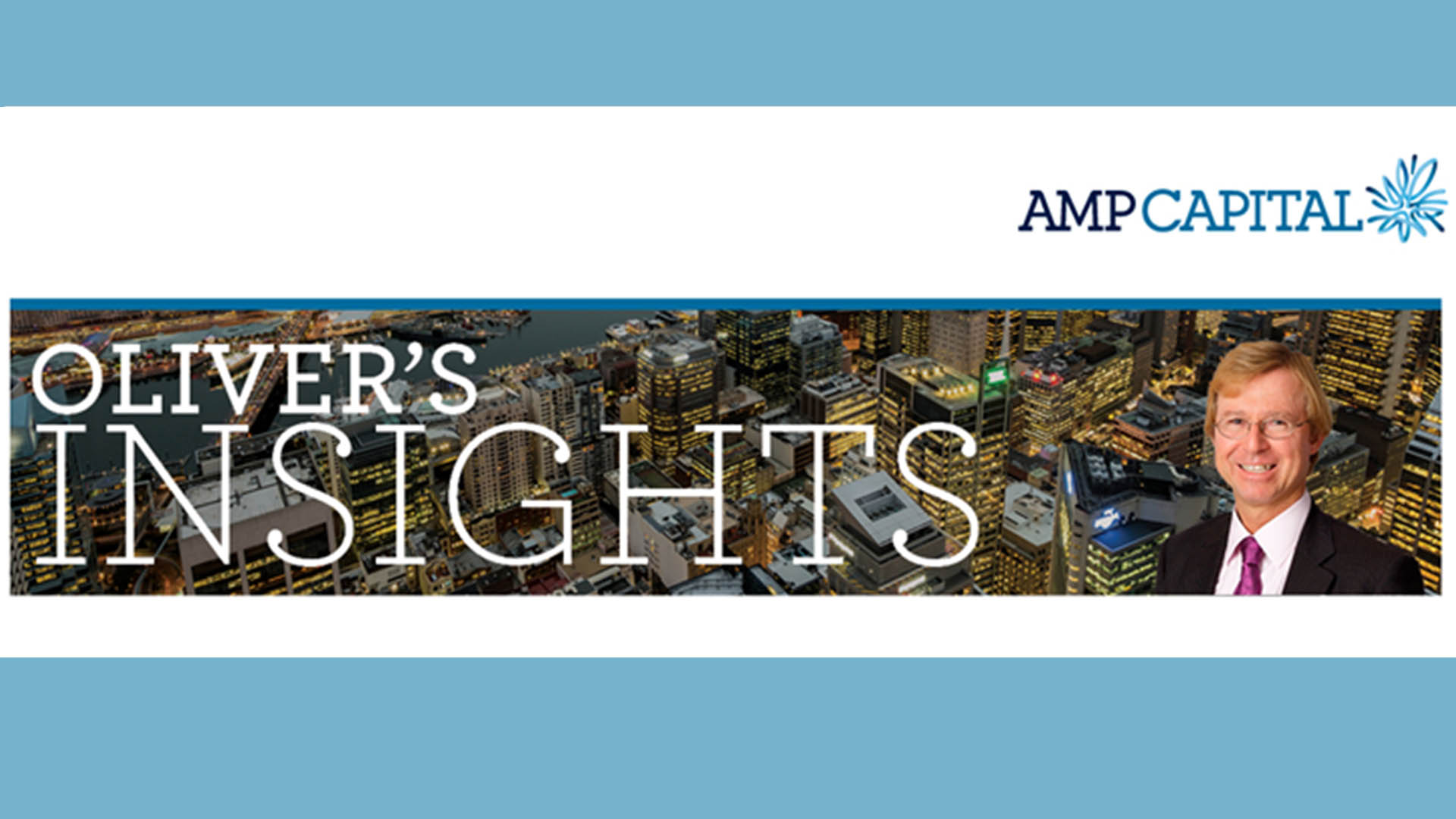Regular readers will know that for over a year I have been indicating the next move in official interest rates by the RBA will be down and that the market is not prepared for this risk. I don’t like to promote or predict dire times but I have to call it like I see it or at the very least highlight to readers where the risks lie.
Yesterday was certainly an interesting day in the world of the RBA, bonds and the economy. Firstly let me just say that the Australian Bureau of Statistics needs to be overhauled. The release of employment numbers yesterday was a joke. Apparently, 65K full-time jobs were found in January! Sorry but nobody is hiring anyone before January 10 – the quietest time of the year – and a quick check on SEEK shows there are 113K full-time jobs advertised. So more than half of all jobs advertised on the SEEK website were filled in two weeks. Yeah, that makes sense. Maybe I should short SEEK since technically at that rate of employment growth there will be no ads on the website left in a couple of months!
Shortly after the release Bill Evans, Chief Economist of Westpac, sent out a bulletin stating that he now expects two rate cuts this year – one in August and one in November. This is bang on with the view I reflected in this column. To me this is significant and the reaction of the markets to automatically crunch the Australian dollar and drive up bond prices (lower in yield) reflect this. The RBA recently made the shift away from “next move in rates is up” to acknowledging the economy is weakening and the potential need to cut rates. Yesterday we had the first of the big banks shifting their outlook too. Every economist is back at the drawing board revisiting their predictions now. If the predictions of rate cuts sifts through the rest of the market, Australian bond yields will continue to fall.
As a trader and investor, I not only have to stay ahead of the RBA and the data, but also ahead of these market moving predictions. So the important aspect now is to consider the market implications and reactions of what will happen this year and into 2020 if this lower interest rate thematic continues to play out. If you are unfamiliar with the reasoning, read some of my recent reports for a background to this view.
I strongly believe there is a massive yield crunch coming in Australia. We saw it post GFC in the US, and in the local slowdown this cycle it will surface here too. So what is a yield crunch? A yield crunch occurs when official interest rates and market bond yields fall to such low levels, that investors begin to aggressively look for returns in other high yield investments. This drives the yields on these investments to record low levels.
I see a major rush for yield coming here in Australia and furthermore, with the risk to franking credits, there will be little distinction between franked and unfranked payouts. As the RBA cuts to 1% and below, as Australian bonds rally causing yields to drop sharply, the same rally will occur in infrastructure and SELECT property trusts.
Let’s use Transurban (TCL) as an example since it is my favourite yield play at the moment. Currently TCL yields 4.56% while the Australian 10yr bond yields 2.1%. Now, if I am correct (so far have been) and 10yr bond yields continue to drop to under 1.5% (they got to 1.3% in 2016 in the USA), what yield should TCL be trading at – assuming no increase in dividend? I believe under 3% is likely. Goodman Group (GMG) currently trades on a 2.3% dividend yield so 3% for TCL is not ridiculous. But for this example let’s assume 3.5%. To achieve a 3.5% yield on a current annual dividend payout of 56.56c – the TCL share price needs to be $16.16 or a 30% increase from yesterday’s price. And to show why this would be likely, have a look at the correlation of bond prices and TCL below stretching back 5 years. TCL is in blue, bond prices in red. As bonds rally (yields fall) and so too does TCL. It’s a natural occurrence as infrastructure and property stocks are all priced relative to bonds.

Now if TCL continues to lift its dividend and drops to a yield of 3%, the TCL share price would need to reach $18.85 or 52% higher. So an investor today can capture a yield of 4.56% with the potential for a 50%+ rally over the next 18-24 months.
Given the uncertainty around franking credits – the benefit of a franked yield over an unfranked yield will also dissipate thereby bringing down the higher return required by investors for unfranked dividends.
I also really like Centuria Metropolitan Trust (CMA) which has office and industrial assets. No residential exposure which is great because I am negative on residential property, valuations and construction activity. Current share price $2.46. Net Tangible Asset Backing is $2.47. Yield a very attractive 7.2%. I sifted through their assets and their leases and found no red flags or issues. If this REIT were to trade at yields closer to 5% or below it would need to trade above $3.55 representing a 43% uplift.
Another off the radar REIT is Chart Hall Long WALE (CLW) which has combination of office, retail and industrial properties in its $20+ billion portfolio. Another high yielder, this time 5.93% is at risk of experiencing a major appreciation as investors chase high yield investments. Even just a mere 1% crunch in its yield to 4.9%, sends CLW from $4.42 to $5.34 or 21% higher.
Sydney Airports (SYD) is another infrastructure play along with Viva Energy REIT (VVR) that are attractive and could easily see their yields drop sub 4% from north of 5%.
I strongly believe this is the time where investors need to look further into the future and be prepared for a prolonged period of very low interest rates as the global and local economic slowdown bites hard. This is something I have been warning of for some time and the evidence continues to present itself as supportive of my cautionary outlook. Yield crunch trends do not occur very often, but when they do they present a unique opportunity for investors as traditional defensive stocks perform like growth stocks as the market re-rates the attractiveness of their dividend yield.
In an environment of 1.5% bond yields, I think it will be difficult to find anything of quality trading at yields above 4%. Infrastructure plays could easily be sub-3%. I showed what the size of the underlying share prices are required to re-rate these assets to such yields. As the market begins to focus on RBA rate cuts and question how low will interest rates get to, investors will clamor for these high yielders. Prepare yourself now and stay ahead of the “yield” curve.








